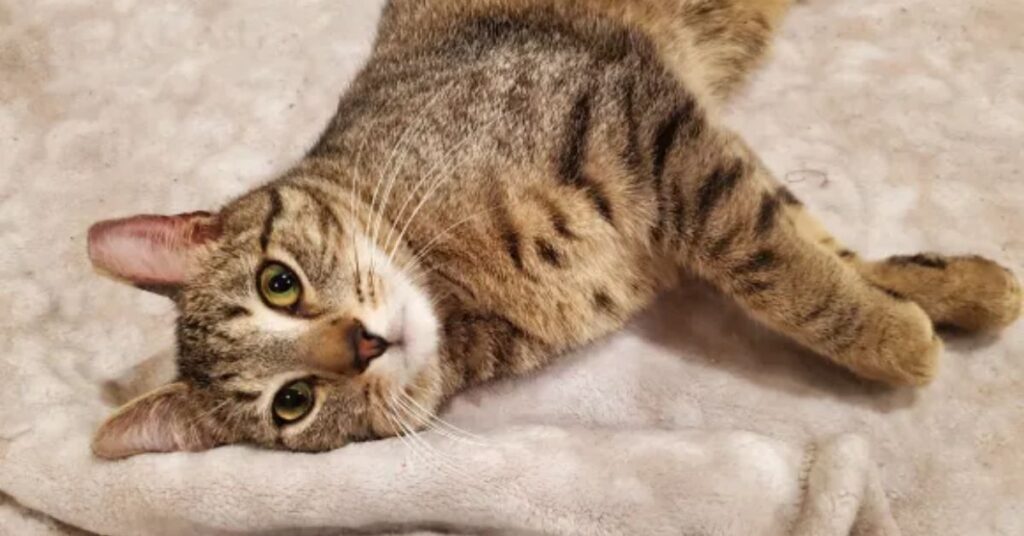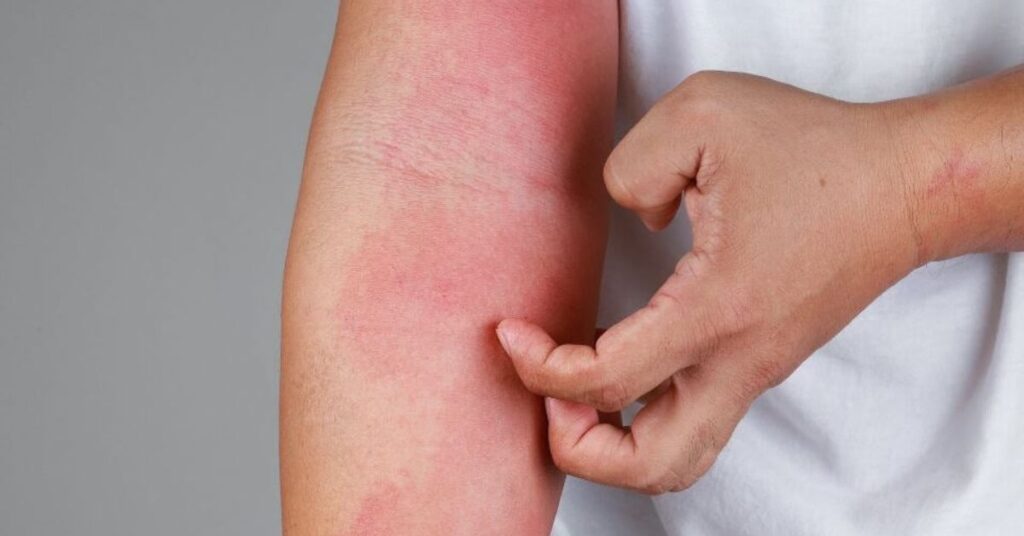Why Is My Grey Cat Turning Brown?-A Complete Guide
She is—the one you love, grey cat—but wait, a few issues are precise. Those sleek, silver-grey fur coats frequently morph into sun shades of brown. Your feline friend is probably a gift method, a fascinating transformation that records why you can place your thoughts snugly.
Blue (grey, as people outside the cat fancy say) and black turn brown from the solar, not age. There isn’t certainly any want to worry.
In this article, we’re capable of embarking on this adventure together to discover the motives within the lower back of your grey cat’s surprising exchange in coat colour.
The Science Behind Cat Coat Colors:
The era at the back of cat coat shades includes genetics and the inheritance of specific genes that determine pigmentation. Here’s a simplified explanation:
1. Genetics:
Just like people, cats inherit tendencies from their parents through genes. The genes liable for coat colour are located on chromosomes and are to be had pairs, with one inherited from each discern.
2. Melanin:
Melanin is the pigment responsible for color in every human and animal’s pores, skin, hair, and eyes. In cats, there are primary types of melanin: eumelanin (black pigment) and pheomelanin (crimson/yellow pigment).
3. Coat Colour Genes:

The particular combination of genes a cat inherits determines its coat color. Some genes control the production and distribution of melanin, while others affect the sample and intensity of color.
4. Basic Coat Colors:
The crucial coat colorations in cats are black, purple, white, and variations of these shades. Other factors incorporating dilution genes can alter those essential colors to create solar sun sunglasses like blue (diluted black) or cream (diluted red).
5. Tabby Patterns:
Tabby patterns, together with stripes, spots, and swirls, are due to a combination of genes that affect the pigment distribution in the fur.
Also Read: Can Goats Eat Cranberries?-Discover the Benefits and Risks
Common Reasons for Grey Cats Turning Brown:
Grey cats turning brown can upward push up because of several reasons, along aspect:
1. Sun Exposure:
Prolonged publicity to daylight can cause the fur of grey cats to vanish or amplify a reddish-brown tinge. That is especially not unusual for outside cats, who spend much time in the sun.
2. Ageing:
As cats age, their fur might also change coloration and texture. Grey cats can also expand brown patches or ordinary discoloration as they make more considerable vintage.
3. Nutrition:

Poor vitamins or outstanding dietary deficiencies can impact the fitness and coloration of a cat’s fur. Inadequate ranges of essential vitamins like protein and minerals can also modify fur color.
4. Grooming Habits:
Cats that are not groomed often can also enlarge a stupid or discolored coat due to the accumulation of dust, oils, or environmental pollutants. Regular grooming helps maintain the health and appearance of the fur.
5. Genetic Factors:
Some grey cats also can have genes that predispose them to adjustments in fur color over time. Genetic variations can affect how the pigments within the fur are produced and allocated, which is crucial to shifts in color.
6. Environmental Factors:
Exposure to superb chemical substances, pollutants, or contaminants in the surroundings may also impact the shade of a cat’s fur. Indoor cats can be a bargain and much less liable to those elements in the evaluation of outdoor cats.
Also Read: What Has More Lives Than A Cat?-A Comprehensive Guide
Health Considerations:
When a cat’s fur color changes, it can sign underlying health problems now and then. Here are a few health problems to keep in thoughts:
1. Hormonal Imbalances:
Hormonal issues, which include thyroid illness or adrenal gland troubles, can affect a cat’s fur color and texture. Symptoms may include fur color adjustments, hair loss, weight, and behavioral adjustments.
2. Allergies:

Cats can increase hypersensitive reactions to numerous materials, meal substances, environmental allergens, and flea bites. Allergic reactions can also cause modifications in fur shade, itching, pores, skin irritation, and exceptional signs and signs.
3. Endocrine Disorders:
Disorders affecting the endocrine tool, encompassing Cushing’s contamination or Addison’s disease, can motivate fur coloration, coat texture, and traditional health modifications. These conditions often comprise hormonal imbalances and may require clinical control.
Steps to Address and Prevent Colour Changes:
1. Regular Veterinary Check-ups:
Schedule a regular visit with your veterinarian to see your cat’s everyday fitness and the scenario in their fur. Your vet can understand any underlying health problems early on and advocate appropriate remedies.
2. Maintain a Balanced Diet:
Provide your cat with a balanced food plan that meets their nutritional needs. Ensure they’ve got the right to enter glowing water at all times. Consult your veterinarian for a satisfactory healthy eating plan for your cat’s age, breed, and fitness popularity.
3. Parasite Prevention:
Protect your cat from fleas, ticks, and one-of-a-type parasites with veterinarian-encouraged preventive treatments. Regularly test your cat for symptoms and signs of parasites, collectively with immoderate scratching, pores, and skin infection. Try to find advice from your vet if you suspect an infestation.
4. Environmental Enrichment:
Provide your cat with stimulating and enriching surroundings to prevent stress-associated fur adjustments. Enrichment sports, interactive toys, scratching posts, and mountaineering structures can assist in alleviating boredom and decreasing pressure.
5. Regular Grooming:
Brush your cat often to remove dust, particles and free fur from their coat. That saves you from matting, reduces dropping, and promotes healthful fur increase. Grooming further allows checking for any pores, skin abnormalities, or signs of health issues.
Also Read: What Happens If You Separate Bonded Cats?-Complete Guide
FAQ’s:
1. Why is my cat’s fur turning brown?
If your cat isn’t always getting enough tyrosine, then they’re now not going to supply as much melanin.
2. Why is my grey cat getting darker?
A coloration change on your cat’s coat should advocate a pores and pores and pores and pores and skin infection or hypersensitive reaction.
3. Why is my cat’s fur losing shade?
The reasons for cat depigmentation vary from innocent genetic mutations to lifestyle-threatening illnesses.
Conclusion:
Seeing your grey cat turning brown can also spark trouble or a hobby, but armed with facts, you can remedy the thriller behind this thrilling phenomenon. Whether it’s miles, sun rays, dietary elements, growing vintage, environmental stressors, or genetic anomalies, the different factors at play permit you to navigate this adventure with your furry pal with self-belief and reassurance.
Remember, your cat’s changing fur coloration is one small part of their colorful and ever-evolving tale, full of love, companionship, and countless surprises. Embrace the journey, cherish the moments, and keep wondering about the splendor of your beloved grey-have-become-brown cat.






